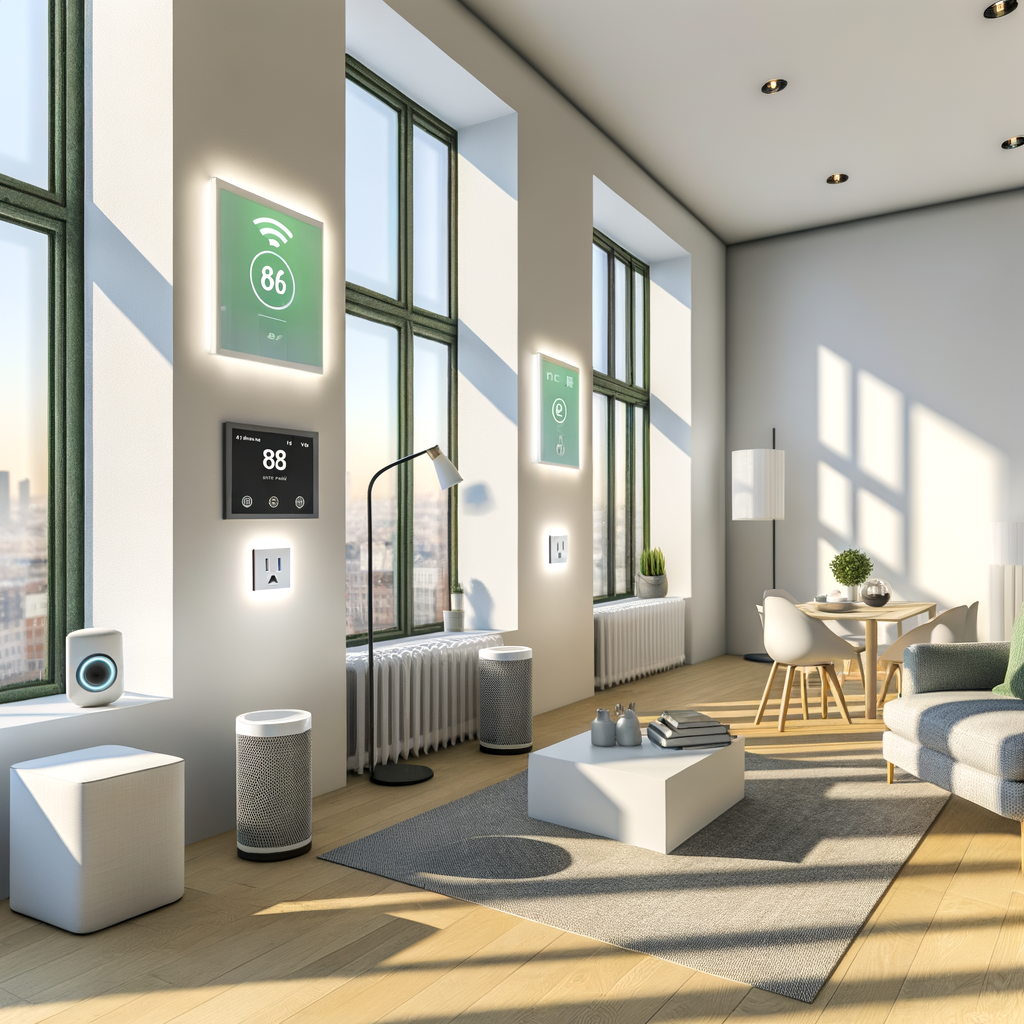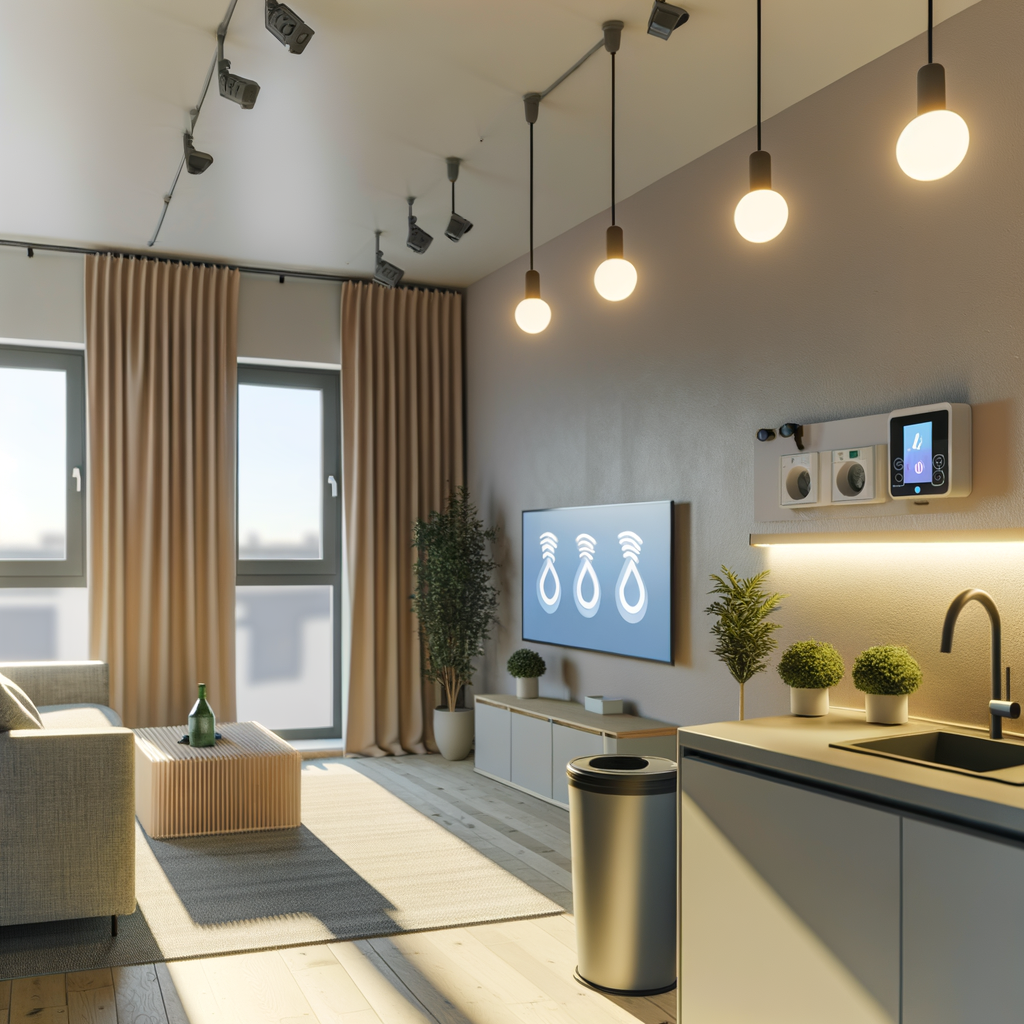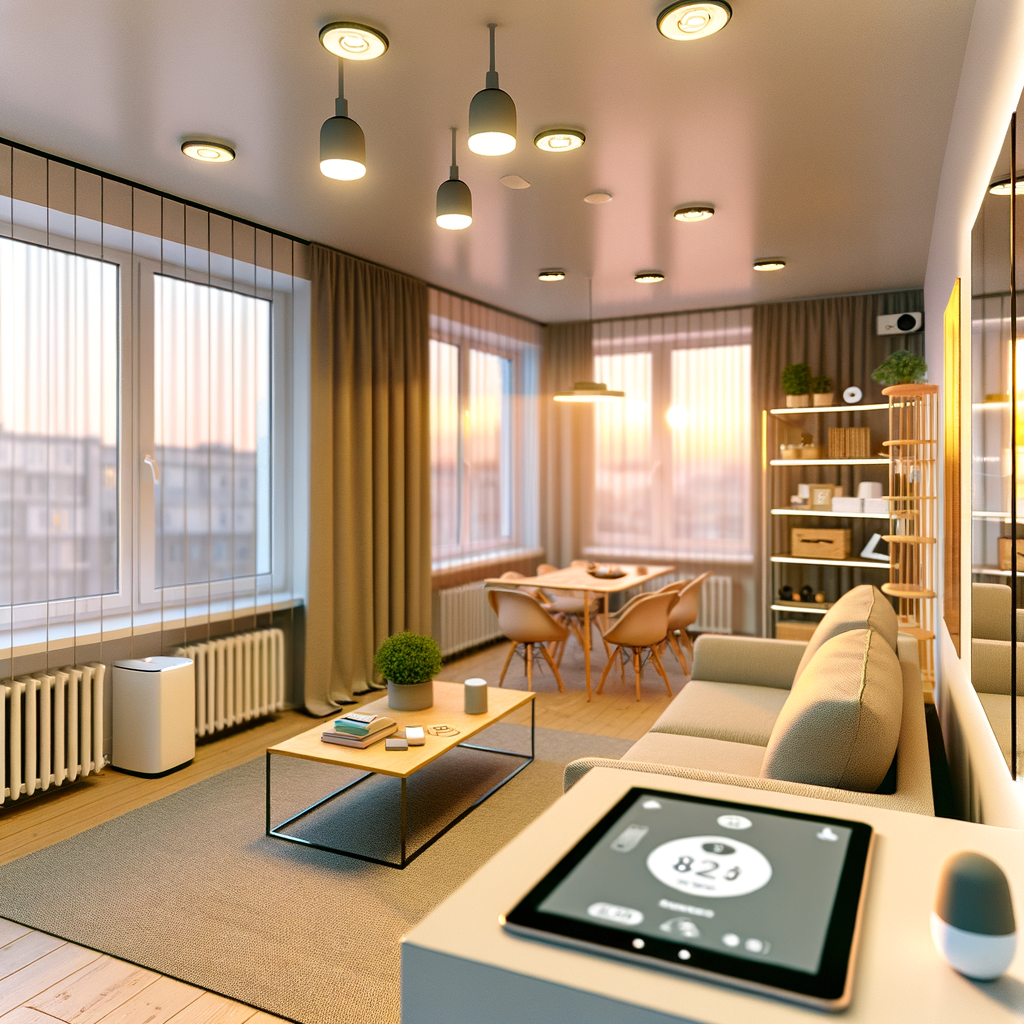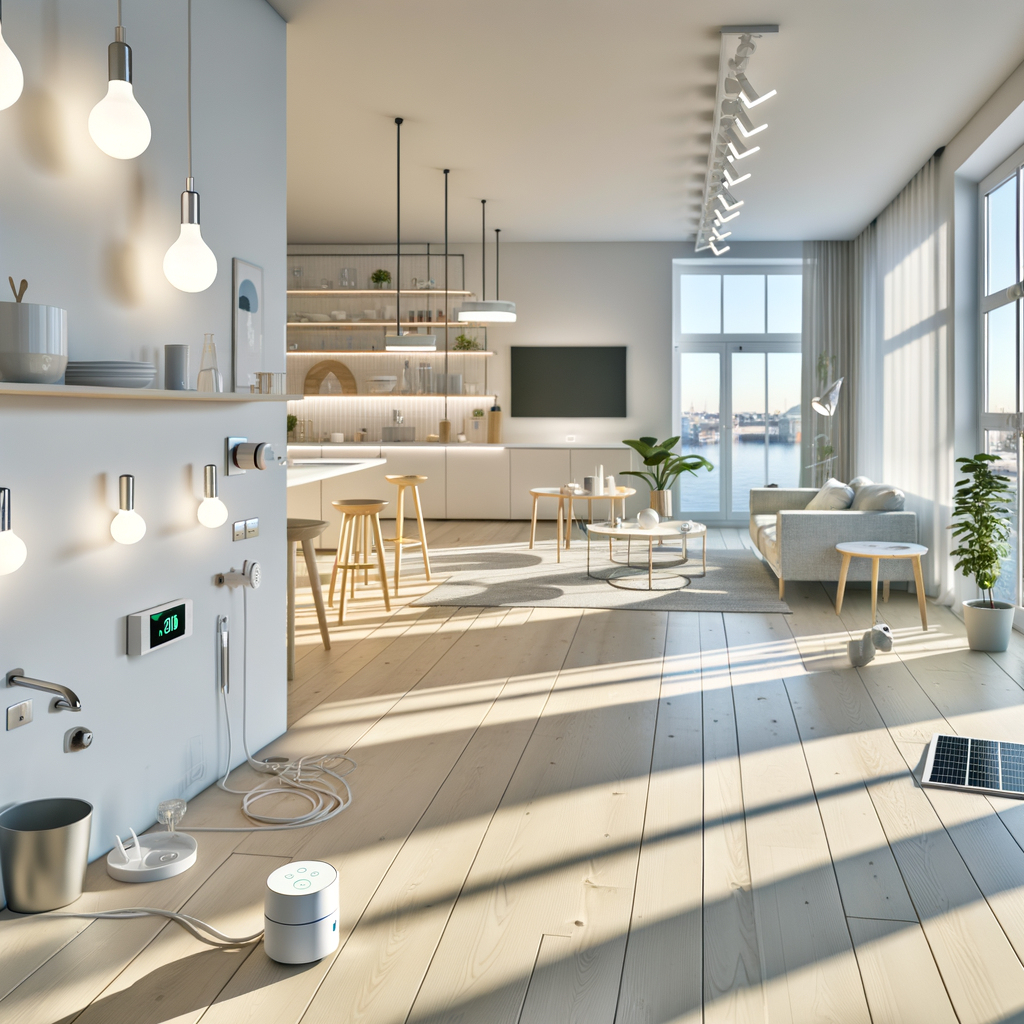Myth-Busting Smart Homes: 7 Common Misconceptions Renters Have About Eco-Friendly Tech
Thinking about making your rental more eco-friendly and smarter, but feeling overwhelmed or skeptical? You’re not alone. There are plenty of myths about smart home technology—especially when it comes to renters. Many believe it’s complicated, expensive, or even impossible unless you own your home.
Let’s set the record straight. In this comprehensive guide, we’re busting seven common smart home myths for renters—while sharing practical, affordable, and security-friendly solutions you can use today.
Why Smart Home Tech Matters for Renters
Renters often believe that eco-friendly upgrades and the latest gadgets aren’t for them. In reality, smart home tech is more accessible, affordable, and beneficial than ever. Not only can these devices reduce your environmental footprint and lower bills, but most are also easy to install (and remove) without risking your security deposit.
Myth #1: “Smart Home Tech Isn’t Designed for Renters”
The Reality
You don’t have to own your home to enjoy the convenience, comfort, and energy savings of smart tech. Many products are tailored for renters, emphasizing easy installation, portability, and non-invasive setups.
Actionable Tips
- Look for plug-and-play devices like smart plugs, bulbs, and speakers. These require no rewiring or drilling.
- Try smart thermostats with wireless or adhesive mounting—some models don’t require physical wiring to your HVAC.
- Utilize Wi-Fi-enabled sensors for windows, doors, and water leaks. Most attach with sticky pads or magnets.
- Keep original packaging for easy removal and transport when you move.
Myth #2: “It’s Too Expensive to Go Eco-Friendly and Smart”
The Reality
Smart and green don’t have to be pricy. There’s a wide range of budget-friendly smart home devices that deliver genuine energy savings (and often pay for themselves).
Smart Ways to Save
- Start small: Smart plugs and LED smart bulbs cost as little as $10–$20 each.
- Go room-by-room: Focus on high-traffic areas like the living room or kitchen for the most immediate impact.
- Look for rebates: Many utility companies offer rebates or discounts on smart thermostats and LED lighting upgrades.
- Calculate payback: A smart power strip or plug can help reduce “phantom” energy use, saving money month after month.
Myth #3: “Setting Up Smart Home Devices Is Complicated”
The Reality
Gone are the days of tech headaches and endless troubleshooting. Modern smart devices are designed with simplicity in mind, often featuring intuitive apps, step-by-step guides, and seamless integration.
How to Get Started
- Use apps for guidance: Most devices use companion apps for instant setup via Bluetooth or Wi-Fi.
- No tools required: Many products simply plug in, screw into a light socket, or attach with reusable adhesives.
- Look for “Works with Alexa/Google Home” labels: This means easy compatibility and control via voice or smartphone.
- Online tutorials: Video walkthroughs and manufacturer guides make installation a breeze for beginners.
Myth #4: “Smart Devices Require Permanent Installation”
The Reality
Most renter-friendly smart home tech doesn’t require any drilling, wiring, or permanent changes. They’re easy to add, use, and—best of all—easy to take with you to your next place.
Eco-Friendly Upgrades That Move With You
- Smart bulbs: Unscrew and pack when you move.
- Smart plugs: Pull out and reuse in your next apartment.
- Adhesive-mounted smart sensors: Remove cleanly without damaging walls.
- Portable smart thermostats: Some models require zero hardwiring and are perfect for window ACs or portable heaters.
Myth #5: “Smart Home Tech Isn’t Secure or Private”
The Reality
Security and privacy concerns are valid, but modern smart home brands continuously update their software to keep your data safe. You’re in control of what devices monitor, record, or share.
Steps to Protect Your Privacy
- Choose reputable brands: Stick with well-reviewed products known for strong security protocols.
- Keep software updated: Always install the latest firmware updates for improved protection.
- Use strong Wi-Fi passwords: Secure your network with a unique, complex password.
- Review device permissions: Check which apps and devices have access to your data; disable anything unnecessary.
- Consider local-only control: Some devices offer local operation (no cloud upload) for additional privacy.
Myth #6: “Landlords Will Say No—or I’ll Lose My Security Deposit”
The Reality
It’s a common worry, but most smart home devices for renters don’t violate lease terms if they’re plug-in, portable, or mounted with non-damaging adhesives. Permanent changes—like replacing a thermostat or installing wired security cameras—should always be discussed with your landlord, but temporary upgrades are rarely a problem.
How to Navigate Landlord Concerns
- Ask for permission if unsure: If a device requires hardware alteration, get written approval from your landlord or property manager.
- Show the benefits: Many smart solutions (like leak detectors or energy monitors) can appeal to property managers, as they protect or add value to the space.
- Make a removal plan: Offer to uninstall and restore everything to its original condition when you move out.
- Document everything: Keep before-and-after photos for added peace of mind.
Myth #7: “Eco-Friendly Smart Tech Doesn’t Make a Real Difference”
The Reality
Every small step counts. Smart home technology can significantly reduce your energy use, water consumption, and carbon footprint. The savings are tangible, from a lower electric bill each month to less wasted water and more efficient heating and cooling.
Eco-Friendly Benefits That Add Up
- Smart thermostats: Save up to 10–12% on heating and 15% on cooling per year, according to independent studies.
- LED smart bulbs: Use up to 80% less energy than traditional incandescent bulbs and last 15–25 times longer.
- Leak sensors: Catch drips early and prevent costly, wasteful water damage.
- Smart plugs: Eliminate “vampire energy” drawn by electronics when not in use.
- Automation: Schedules and routines make sure energy is only used when it’s needed.
Quick-Start Guide: Eco-Friendly Smart Home Upgrades for Renters
Ready to get started? Here are a few simple ways to make your rental smarter and greener—no tools, no landlord battles, no fuss.
- Upgrade to LED smart bulbs: Replace high-use lights for instant energy savings and remote control.
- Add smart plugs: Make any lamp or appliance “smart” in seconds. Automate or monitor usage from your phone.
- Install a portable smart thermostat: Some models simply attach to AC units or radiators—no wiring required.
- Use water leak detectors: Place under sinks, near toilets, or by the water heater for instant alerts.
- Set up a basic smart speaker or hub: Control all your devices with your voice and set up automation routines.
Frequently Asked Questions
Can I take my smart home devices with me when I move?




